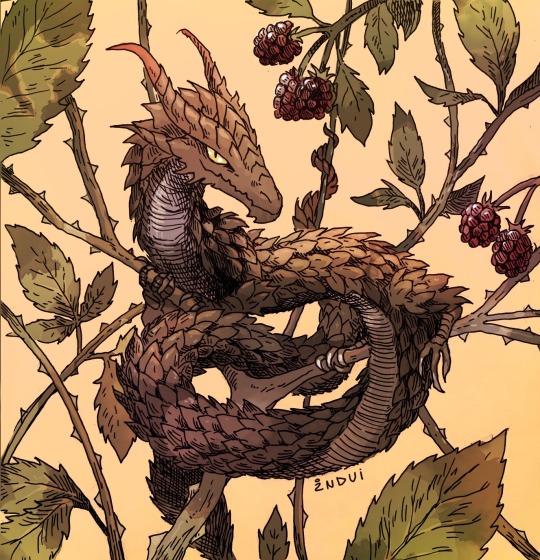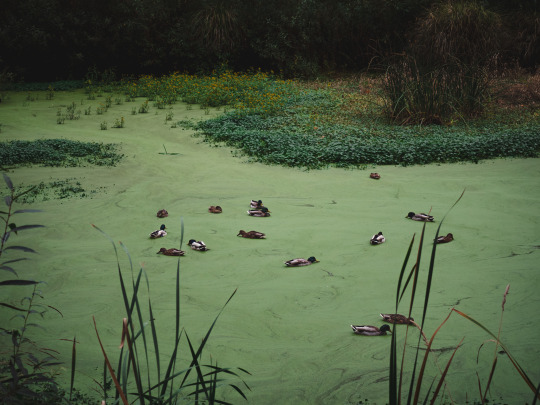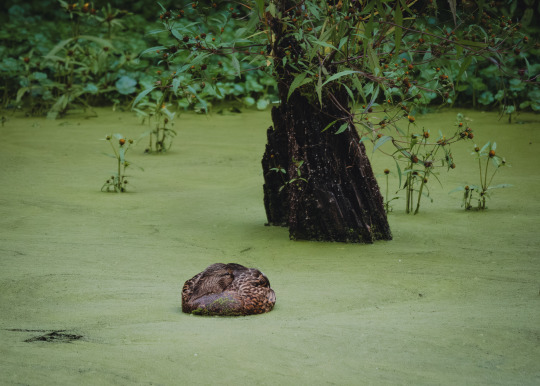#not pnw
Explore tagged Tumblr posts
Text

Most peat moss (And sphagnum moss) sold in the US is strip mined from peat bogs in Canada. First, the bog is drained, then vegetation is removed. Then the peat is harvested, dried, packaged and shipped.
The process destroys the bog ecosystem and releases Co2 into the atmosphere. Don't buy peat products or products containing peat. Use compost or coco coir.
No houseplant is worth the death of entire ecosystems.
3K notes
·
View notes
Text







Red Rocks / Colorado
4 notes
·
View notes
Text
I'm not anti honey but a few things here are flat out false. "and they 100% choose to be cultivated. Like bees can and will leave if they’re not treated and maintained well. They understand that humans protect and clean the hives, and often become familiar with their keepers, choosing to walk on and investigate them instead of acting defensive. If animal welfare and consent are your concerns, honeybees aren’t the animals to worry about." Bees follow a queen, a hives are constructed as to not allow the queen to leave freely. (This is a good thing because more honey bees in the wild in North America is bad) Queens can live up to 5 years, but in mass-agriculture they are killed intentionally after two in order to maximize production with a younger queen who was bred in a lab. The smoke that beekeepers use masks their communication pheromones. This means that the passive behavior of honey bees is due to an intentional confusion of their ability to perceive danger. Large bee farms also ship honey bees on trucks all around the US for half the year: feeding them subpar sugar water because its easier and therefore more profitable. "Consent" aside: A lot of this is able to be made partially more ethical by small farms. However, please remember that 1 hive=30,000 more mouths to feed in areas that are already short on floral resources. Small farmers that are not also providing MORE meadows than their hives need are still doing damage ecologically. There IS evidence that honeybees do push out native bees through over-competition. “The impact of the beehives is so dramatic,” says Valido, “You can detect disruption between plants and pollinators just the day after beehive installation.” I cant speak to agave being worse or better, and I think honeybees arent going anywhere...but we still need to be frank about the reality of honeybees in North America.
Ayoo just to preempt the inevitable dumb takes we’re about to start seeing;
I am PRO-WOOL
I am PRO-LEATHER
I am PRO-BEES
Fuck the idea of replacing durable, sustainable animal products with cheap, flimsy plastic that doesn’t bio-degrade. Agave nectar and other artificial sweeteners are expensive, labor-intensive, and destroy the environment to be farmed.
Do not buy into pernicious marketing campaigns pushed by dickhead organizations trying to stay relevant, like PETA.
31K notes
·
View notes
Text


Ephemeral rain
#landscape#forest#nature#beauty#photographers on tumblr#artists on tumblr#original photographers#original photography#photography#aesthetic#Washington#pnw#westcoastbestcoast#art#pacific northwest#explore#travel#cottagecore#naturecore#grandmacore#p
26K notes
·
View notes
Text


I stumbled across a photo (by Lindy Pollard) that fantastically mirrors a little dragon I drew a few years ago.... I can't get over this...
#pacific northwest#lindy pollard#pnw#marionberries#aaaaaaa#art#dragon#fantasy art#fantasy creatures#dragons#snakes#snake#garter snake
42K notes
·
View notes
Text

all the world will be your enemy
#rabbit#jackrabbit#hare#coyote#joshua tree#digital art#illustration#artists on tumblr#i grew up in the mojave desert#and now i live in the pnw#i wanted to draw scenery that looks like where im from#not watership down fanart but it can be if you believe
17K notes
·
View notes
Text

🌲 Oregon Miku 🌲
#my art#hatsune miku#tried to balance the portlander vibe with the columbia river vibe#i snuck big foot in the background#we love big foot in the pnw#also dutch bros#i actually dont feel super strongly but by default i am required to side with the ducks over the beavers#strictly cuz i went to UO for a bit and my brother went to OSU
13K notes
·
View notes
Text

Magical Spot on the River
#artists on tumblr#original photographers#original photography#hiking#pacific northwest#nature#washington#pnw#nikon#orofeaiel#landscape#river#dosewallips river road#olympic peninsula#sunlight#moss#naturecore#forest#popular posts
24K notes
·
View notes
Text
pelagic barnacles feeding
19K notes
·
View notes
Text
If you aren't following the news here in the Pacific Northwest, this is a very, very big deal. Our native salmon numbers have been plummeting over the past century and change. First it was due to overfishing by commercial canneries, then the dams went in and slowed the rivers down and blocked the salmons' migratory paths. More recently climate change is warming the water even more than the slower river flows have, and salmon can easily die of overheating in temperatures we would consider comfortable.
Removing the dams will allow the Klamath River and its tributaries to return to their natural states, making them more hospitable to salmon and other native wildlife (the reservoirs created by the dams were full of non-native fish stocked there over the years.) Not only will this help the salmon thrive, but it makes the entire ecosystem in the region more resilient. The nutrients that salmon bring back from their years in the ocean, stored within their flesh and bones, works its way through the surrounding forest and can be traced in plants several miles from the river.
This is also a victory for the Yurok, Karuk, and other indigenous people who have relied on the Klamath for many generations. The salmon aren't just a crucial source of food, but also deeply ingrained in indigenous cultures. It's a small step toward righting one of the many wrongs that indigenous people in the Americas have suffered for centuries.
#salmon#dam removal#fish#animals#wildlife#dams#Klamath River#Klamath dams#restoration ecology#indigenous rights#Yurok Tribe#Karuk Tribe#nature#ecology#environment#conservation#PNW#Pacific Northwest
19K notes
·
View notes
Text


Moody Pacific Northwest 🌫️🌲
Washington State, USA
#pnw#aesthetic#nature#outdoors#pnwlife#pacific northwest#the great pnw#washingtonlife#washington#wandercore#wanderlust#wander over yonder#moody aesthetic#moody#dark and moody#nature aesthetic#aestethic
7K notes
·
View notes
Text



#photography#pacific northwest#pnw#nature photography#wildlife photography#forestcore#cottagecore#naturecore#photographers on tumblr#mine: photos#bird photography#birdblr#birbs#birds#birdwatching#lensblr#ducks#mallard duck
4K notes
·
View notes
Text

Washington
#fog#foggy#mist#moody#landscape#forest#nature#beauty#photographers on tumblr#artists on tumblr#original photographers#original photography#photography#aesthetic#Washington#pnw#westcoastbestcoast#art#pacific northwest#explore#travel#cottagecore#naturecore#grandmacore#p
13K notes
·
View notes
Text



Oregon waterfall
throughdarkforests
4K notes
·
View notes